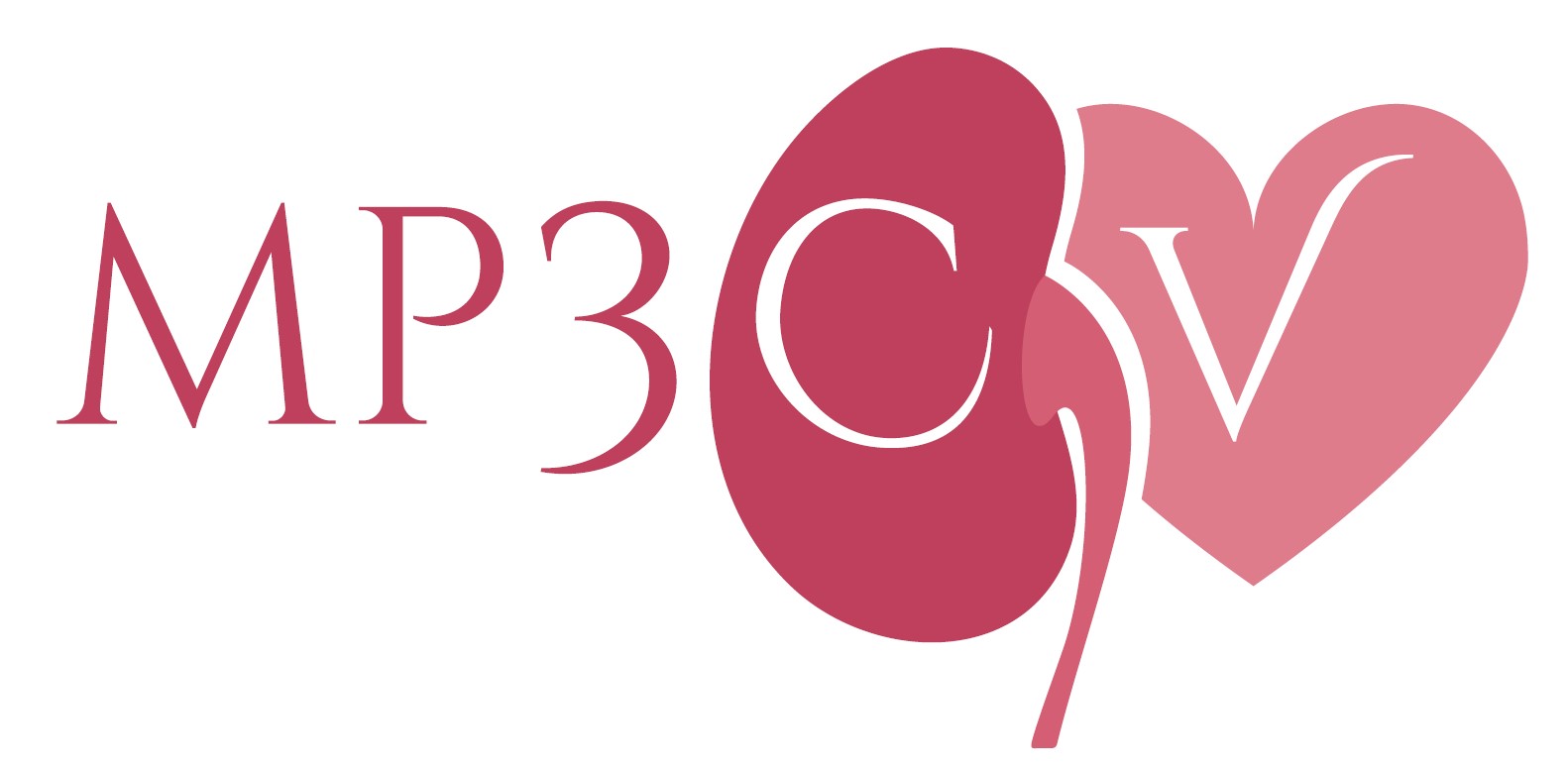Performance of the ERC/ESICM-recommendations for neuroprognostication after cardiac arrest: insights from a prospective multicenter cohort
Résumé
Brief abstract: In a multicentre network of 28 ICUs in France and Belgium, all comatose patients who fulfilled the 2021 ERC-ESICM criteria for poor outcome after cardiac arrest died or survived with severe neurological disability, even after excluding patients with active WLST to limit self-fulfilling prophecy bias. However, in almost half of the patients, these criteria were not fulfilled, resulting in an indeterminate outcome; in these patients, normal NSE levels and benign EEG predicted neurological recovery, helping reduce prognostic uncertainty.
Aim
To investigate the performance of the 2021 ERC/ESICM-recommended algorithm for predicting poor outcome after cardiac arrest (CA) and potential tools for predicting neurological recovery in patients with indeterminate outcome.
Methods
Prospective, multicenter study on out-of-hospital CA survivors from 28 ICUs of the AfterROSC network. In patients comatose with a Glasgow Coma Scale motor score ≤3 at ≥72 hours after resuscitation, we measured: 1) the accuracy of neurological examination, biomarkers (neuron-specific enolase, NSE), electrophysiology (EEG and SSEP) and neuroimaging (brain CT and MRI) for predicting poor outcome (modified Rankin scale score≥4 at 90 days), and 2) the ability of low or decreasing NSE levels and benign EEG to predict good outcome in patients whose prognosis remained indeterminate.
Results
Among 337 included patients, the ERC-ESICM algorithm predicted poor neurological outcome in 175 patients, of whom 106 (60%) had withdrawal of life-sustaining treatment (WLST). Among the 69 patients without active WLST, the positive predictive value for an unfavourable outcome was 100% [95-100]%. The specificity of individual predictors ranged from 90% for EEG to 100% for clinical examination and SSEP. Among the remaining 162 patients with indeterminate outcome, a combination of 2 favourable signs predicted good outcome with 99[96-100]% specificity and 23[11-38%]% sensitivity.
Conclusion
All comatose resuscitated patients not undergoing WLST who fulfilled the ERC-ESICM criteria for poor outcome after CA had poor outcome at three months, even if a self-fulfilling prophecy cannot be completely excluded. In patients with indeterminate outcome (half of the population), favourable signs predicted neurological recovery, reducing prognostic uncertainty.
| Origine | Fichiers produits par l'(les) auteur(s) |
|---|

